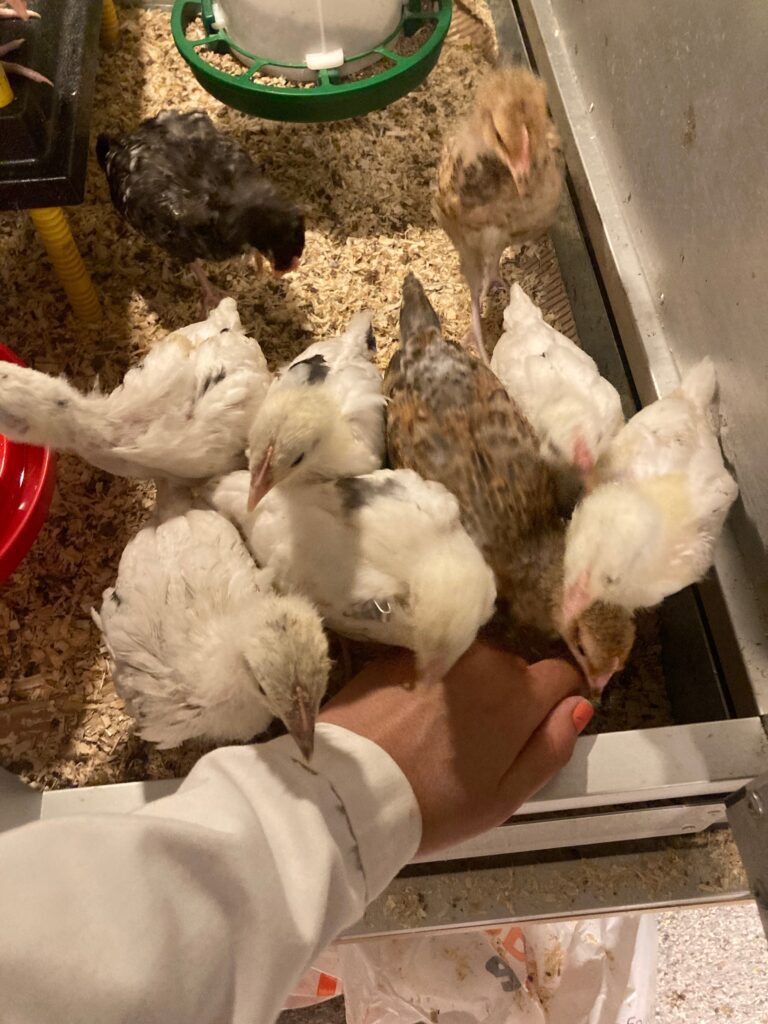
From analyzing my results I came to several conclusions.
Figure 1 shows us a clear interaction between proportional cerebellum size and standard deviation of the mean time that took to emerge from the box, this is standard deviation is an indicator of how much, or how little, the individual varied in their response to the test, this is intraindividual variation. This means that a chick that has a proportionally larger cerebellum is also more variable in their behavior, and less predictable. This only was observed in the young phase of testing, adults showed no correlation.
Figure 2 shows us also a correlation between the proportional size of a brain area and the variation in the social zone, in this case, it was the cerebrum that was present in this interaction. Thus an individual with a larger proportional cerebrum also is more variable in their behavior.
This shows us that the cerebrum also takes part in the regulation of fear behaviors.
Figure 3 shows us clear habituation to the test, since being in the distant zone indicates a more fearful individual, and as we observe this value goes down, and the individuals seem to move more towards the social zone as the trial progresses. This goes in accord with previous findings by other groups.